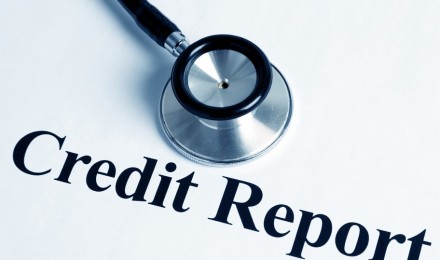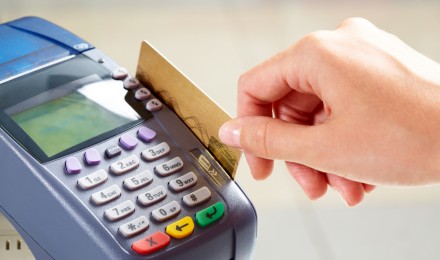Keeping online credit card transactions safe is a priority for most people who shop online. Online shopping saves time, and it’s definitely more convenient than braving crowded shopping malls and checkout lines. But there’s a price for convenience.
For the most part, online credit card transactions are safe. Some people shop online for years and never become a victim of fraud. This doesn’t erase or change the fact that theft does occur. You can’t guarantee that you won’t become a victim, however. You can take steps to keep your online credit card transactions safe.
1. Shop only on secure websites
Certain clues indicate a secure website, such as a picture of a padlock, a key symbol and the letter “s” after http in the url. Additionally, you can check for the TRUSTe or Verisign logo. These images and logos are often located in the bottom right or left hand corner, or in the url address. Websites with visible security images have taken measures to ensure that their sites are protected against hackers and other software that can swipe your information.
2. Protect your computer
Letting your virus and firewall protection expire on your computer can invite hackers into your life. A virus can silently attack your computer, and result in the logging of every keystroke. All information entered into your computer – usernames, passwords, credit card numbers and expiration dates – can fall in the wrong hands.
3. Use a virtual credit card
Ask your credit card company about a virtual or single-use credit card. These type of credit cards are perfect for shopping online. Because they’re designed for one-time use, hackers can’t steal your information and go on a shopping spree. Plus, the number on a virtual card is different from your actual credit card number, which keeps your real information safe.
4. Designate a credit card for online use
If you frequently shop online, rather than use multiple credit cards, designate a single card for online use. A single card for all your online transactions makes it easier to track your spending and identify potential fraud.
5. Be picky
Don’t enter your credit card on any and every website, and don’t trust every online seller. Ideally, it’s best to only shop with retailers you know and trust. If you decide to do business with a new company, check with the Better Business Bureau for complaints or search the Internet for complaints and ripoff reports. Also, check to make sure that the company has a physical address and a telephone number. If you can’t locate an address online, or if a company’s telephone number isn’t in service, don’t do business with the retailer.
6. Check your statements
After completing an online purchase, retailers often email receipts within a few hours and transactions hit credit cards in about 48 hours. Compare your receipt with the actual charge. If you see additional charges on your credit card, contact the retailer to correct the error. In the event that the retailer is uncooperative, contact your credit card company and report the fraud.







